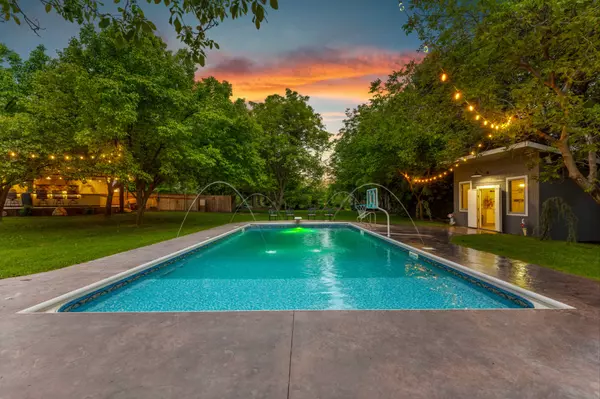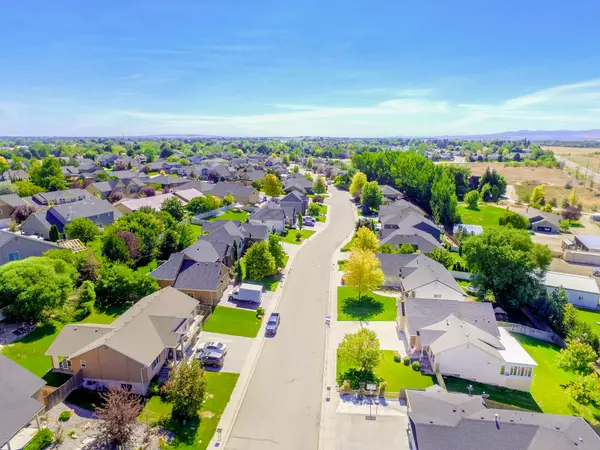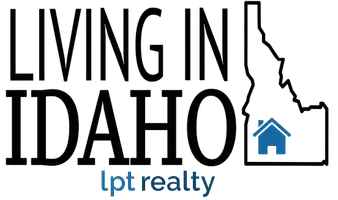
How to Market a Luxury Home to Sell Fast in Idaho | 2025
How to Market a Luxury Home to Sell Fast in IdahoTips to Attract High-End Buyers & Close Quickly Table of Contents Why Luxury Home Marketing Requires a Unique Strategy 1. Price Strategically Based on the Luxury Market 2. Invest in High-End Photography & Videography 3. Use Luxury-Specific Real Estate

How to Market Your Home to Attract Cash Buyers Quickly | 2025
🏠 How to Market Your Home to Attract Cash Buyers Quickly Table of Contents Why Target Cash Buyers in Today’s Market? 1. Price It Right From Day One 2. Highlight Key Features That Attract Cash Buyers 3. Use Professional Photos and Videos 4. Leverage Social Media & Digital Marketing 5. Market to Real

How to Market Your Home to Out-of-State Buyers for a Fast Sale
🏡 How to Market Your Home to Out-of-State Buyers for a Fast Sale Table of Contents Introduction Why Out-of-State Buyers Are Key in Today’s Idaho Market 1. Stage Your Home to Appeal Virtually 2. Use High-Quality Photos and Video Tours 3. Market in the Right Places 4. Tell the Story of “Living in Ida
Categories
Recent Posts










